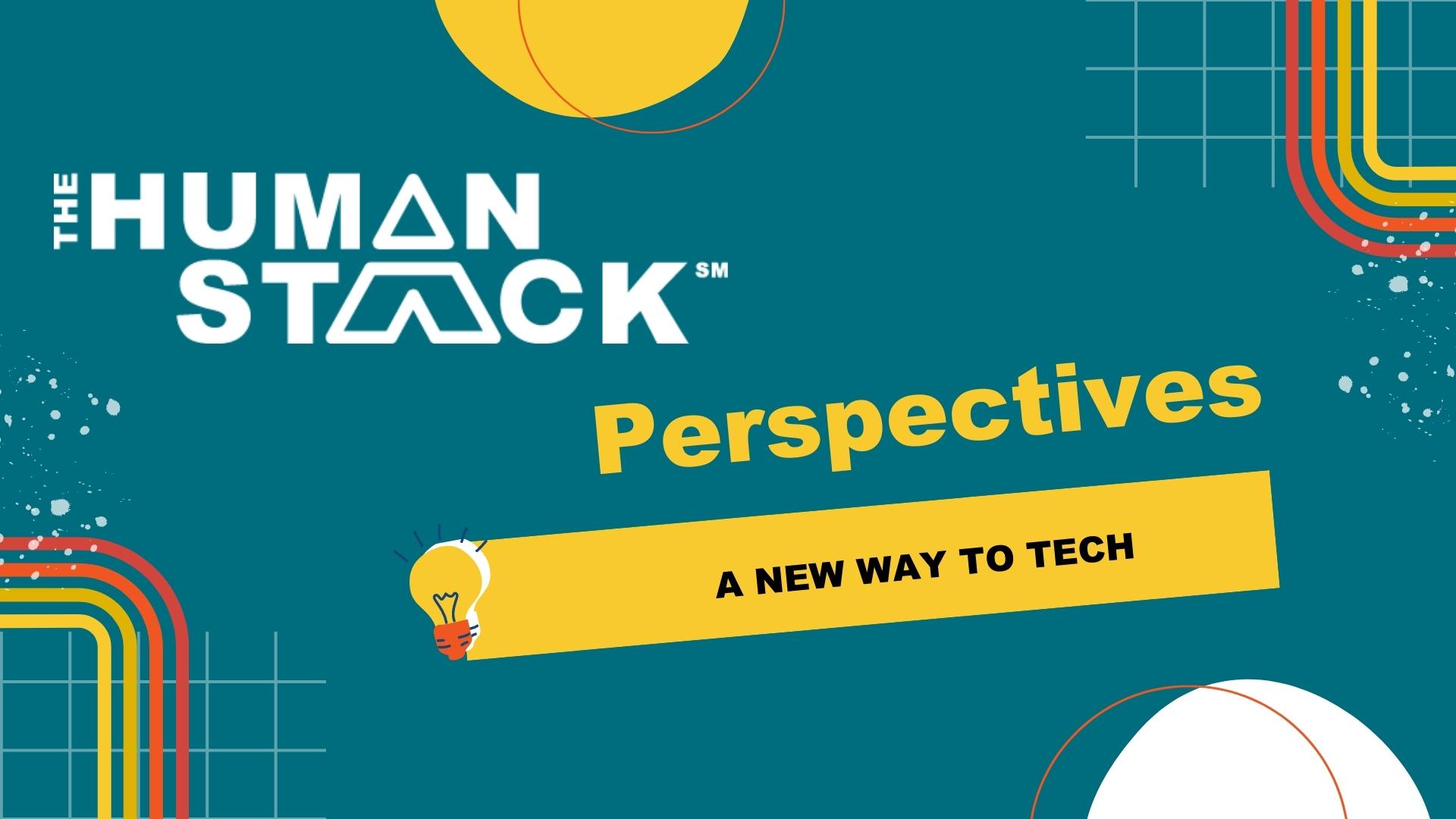4 min read
Discovery, Diagnostic, and Opinion: Know What’s What For a Successful CRM Implementation
 Tim Lockie
:
June 8, 2021
Tim Lockie
:
June 8, 2021
Kicking off a CRM implementation comes with its fair share of pressure: For you, the nonprofit leader betting on this new tool to be the game-changer your organization needs; for your hardworking staff desperate for the proper resources to do their jobs, and for your implementation partner who just wants to get it all right.
Part of the standard CRM implementation process involves going through a discovery, diagnostic, or opinion phase. Usually, your implementation partner takes the lead and a few months down the road, you’re stuck. Again. Same pain points, different tech system.
This vicious pain points cycle happens because discovery, diagnostic, and opinion are three different approaches with three distinct outcomes. And often, they’re conflated to be the same thing.
Knowing what your organization truly needs can be the difference between a successful implementation with great user adoption and long-lasting organizational change — and a poor implementation with fed-up staff and lost investment.
It all starts with knowing what you’re signing up for in the first place.
Before You Get to Implementation, Ask Yourself the Right Questions
To overcome some common obstacles to CRM implementation success (such as poor user adoption, rogue systems, misaligned processes to desired tech outcomes, and shifting project scopes) you need a clear understanding of the system you are buying in the first place.
Without defining your goals first, you risk aimlessly buying technology. And then, how are you sure it will do what you need it to do? A lack of outlined objectives your organization hopes to achieve means you’ll likely acquire a system that re-enforces underlying issues. And it won’t solve anything.
What you need before you buy is to first arm yourself with full knowledge of how your organization works, and where necessary changes need to take place. Asking yourself some basic questions at the outset can help.
- What are the long-term goals for your organization?
- What are your goals you hope the new CRM system will help you achieve?
- What pain points are you trying to solve with a new system?
Include your staff and all relevant stakeholders in this discussion. Hear their stories, their challenges, and their expectations for a future system.
When you finally find the CRM that’s right for your organization, your journey has just begun. Implementation is next and with it, discovery, diagnostic, and opinions. And here’s where getting down to the details of each process matters.
Defining the Differences Between Discovery, Diagnostic, and Opinion in a CRM Implementation
Once you’ve purchased your CRM and sign on with an implementation partner, the fun begins, right? Well, only if you have a clear understanding of what to expect — and how to make sure you’re confident about the path your implementation is on.
Through no fault of their own, your typical CRM implementation partner will come in with a discovery/diagnostic/opinion process that assesses how your organization works with its technology. That’s because they’re trained in a certain project management style that focuses on project completion.
But here’s where details matter: Discovery, diagnostic, and opinion can mean entirely different outcomes for your implementation.
- Discovery is a project-centric approach. In this well-worn process, your implementation partner takes a look at how your staff works (and doesn’t work) with the technology. They’ll make recommendations based on what they find.
- Opinion is what it sounds like: Based on their observations, your implementation partner will give an opinion on how your organization should use the tech. The problem here is that opinions don’t tell you the how or why behind the change.
- Diagnostic is an organization-centric approach. It’s a holistic course of action that takes into account factors outside the technology: What brought the organization to the point of needing a new CRM in the first place? What pain points exist that need to be addressed? What change needs to happen within the organization for maximum user satisfaction?
Opinions and discovery don't test for organizational change needs around your CRM technology. They just document current good and bad behavior to re-create elsewhere. So you see, it’s not just about the success of the project, but the success of the organization that rests on which route your implementation follows.
Ask These Questions to Get the Most Out of Your CRM Implementation
You’re likely wondering how to know whether your implementation partner will go down the right path. For starters, you could go with a CRM implementation partner like Now IT Matters that dives into a diagnostic first.
Regardless, you should ask your potential implementation partner these questions. Here’s a hint: For long-term success, your partner should be focused on facilitating organizational change, not just project success.
- Do you have a process to help us understand how we can be a better organization as part of this system change?
- Do you have a process to help me pick apart where my organization is stuck (and conversely, unstuck) around its use of CRM technology before we recreate those same issues?
- What is your process to identify where my users' pain points and needs are when it comes to change? (If all they offer are features and functions within the technology, they probably don’t have a process.)
- Do you have a means of quantifying what exactly this new technology is going to change for my organization when I adopt it?
If you’re looking for longevity out of your new system, your implementation partner should be able to analyze how your organization works around your CRM technology, itemize changes, and connect organizational operations to CRM system actions. Only then will they be able to shepherd your organization to implementation success.
Discover More With the Right Partner for Your Organization
There’s an inherent truth in getting your organization through a diagnostic: Discovery will naturally happen along the way. Because a diagnostic takes a holistic view of your organization and breaks down siloes. You’re likely to uncover processes, viewpoints, and challenges that a typical discovery phase wouldn’t reveal. And in the end, you get more bang for your CRM buck.
If you’re ready to discover more through diagnostic and avoid implementation ambiguity, let’s connect.




